So, just in time for lent, let’s talk about The Effects of Intemperance. Obviously I have no experience in this arena so I’m turning to the fabulous 17th century Dutch artist, Jan Steen for guidance. Turns out the effects are bad. Very bad.
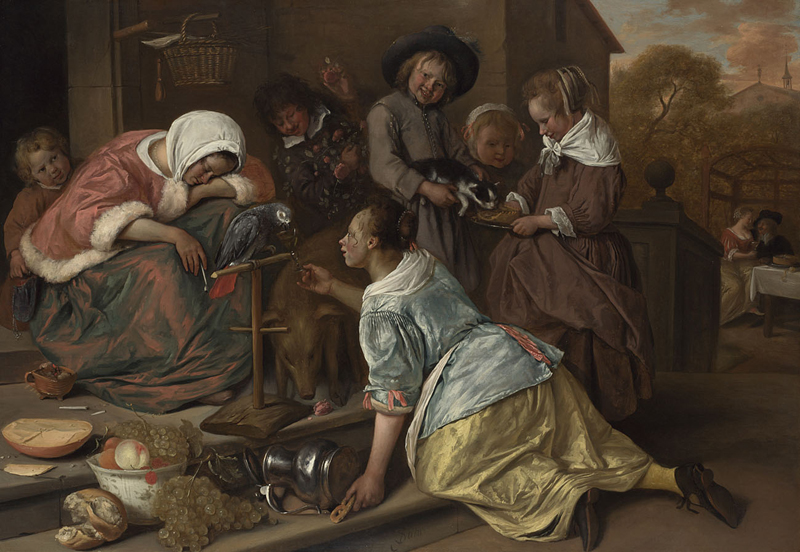
Jan Steen, The Effects of Intemperance, 1665, National Gallery, London
But do they look that bad? Okay, mum’s fallen asleep in the middle of the afternoon and consequently the kids are running amok but it’ll all be fine tomorrow, right? Maybe not. You can never take a Dutch painting, especially one from the 17th century, at face value. The Dutch loved riddles and had very high moral standards, at least on the face of it, so there’s more to this than meets the eye.
Firstly, of course, mum isn’t just taking a nap because she’s been working so hard at maintaining a well kept household and bringing up six delightful children. She’s absolutely off her tree as the pipe dangling loosely between her fingers and the overturned wine jug suggests. What somehow makes this even worse is that there is evidence of significant wealth in the woman’s clothes and in that overflowing fruit bowl.

Just look at that shot silk skirt and the fur trimmed jacket. She’s even wearing pearls. There’s definitely a suggestion that she should know better. In terms of the fruit bowl, I can’t decide whether the large white piece of fruit at the front is supposed to be mouldy or not but I think that there may be nectarines or perhaps apricots beneath it. They were available in the Netherlands in the 17th century but they were extremely expensive. As for the over-abundance of grapes, well, they just confirm what was in that jug.
And so to her children who look rather too perky on that healthy diet of fruit, bread and cheese. One of them is so perky that he’s even decided to filch her purse from her pocket, perhaps in reference to a Dutch proverb that “opportunity makes the thief”. I did warn you that the whole work is infused with a coded moral message; contemporary audiences would have delighted in working out the meanings to the various shenanigans detailed within the painting.
The parrot, offered a glass of wine by the eldest child, symbolises blind emulation – it would seem that the young lady is already following her mother’s lead as she looks a bit unfocussed and squiffy herself.
Between the parrot and the squiffy older daughter is a pig snuffling, erm, roses.
Actually the boy in the centre has an armful of gorgeous roses that he appears to be decapitating to throw to the pig. The expression pearls before swine in Dutch translates as roses before swine – so these people have all this wealth and good fortune but it’s wasted on them because they don’t understand or appreciate what they have.
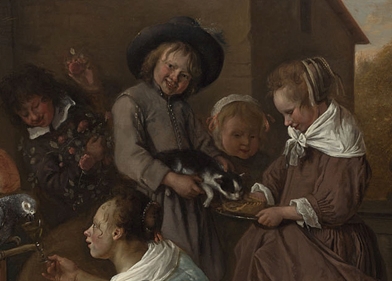
Steen also suggests that the family will not hold on to their wealth for long. The three younger children are gleefully feeding a delicious meat pie to the cat. If they carry on like that there’ll be no meat for them in the future.
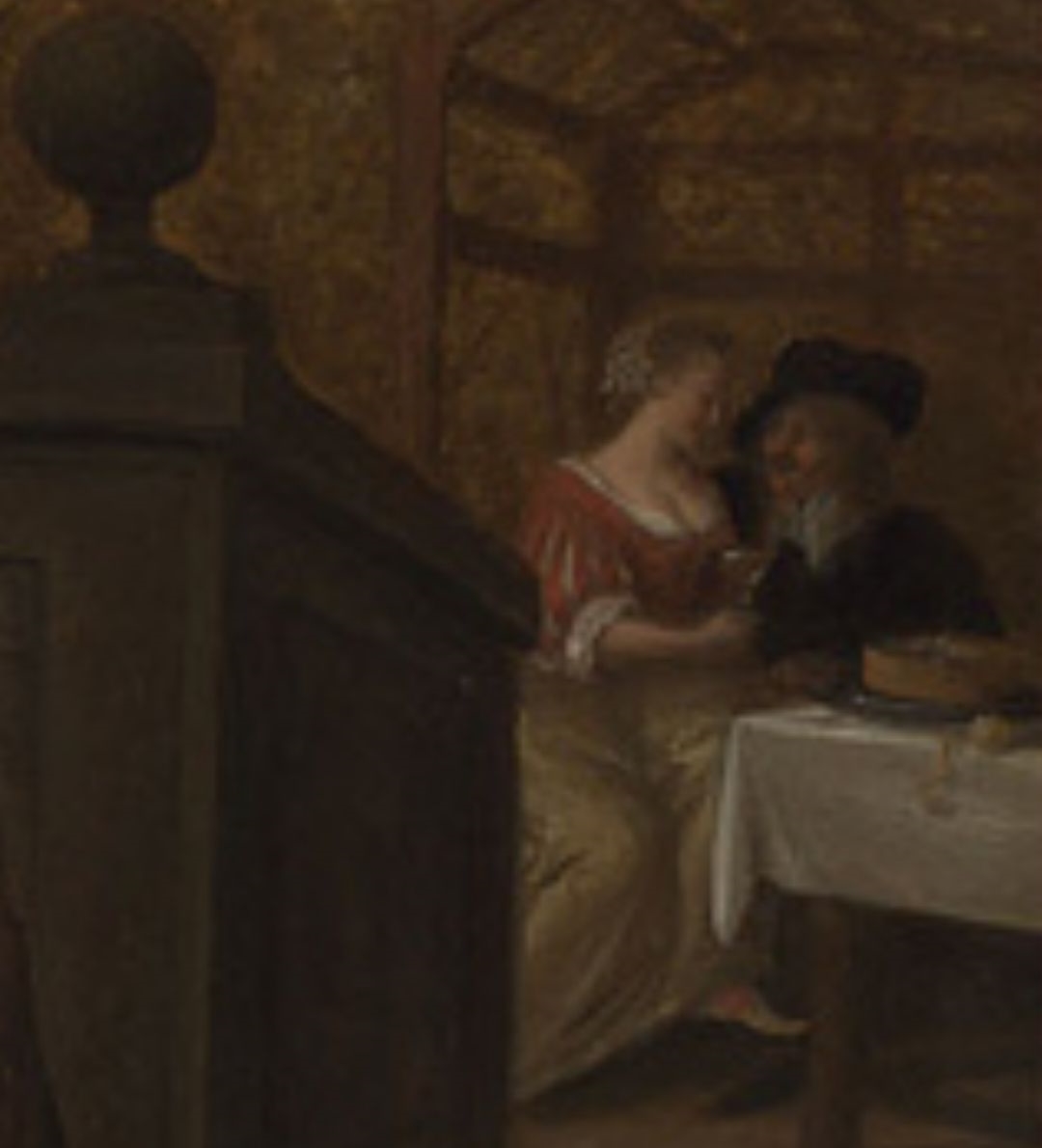
Their father, if that’s who we can assume he is, however, is interested in flesh of a different kind. He has a young lady on his knee who perhaps we can take to be the maid (maids, unfairly get a terrible rap in Dutch art and are considered ‘available and up for it’) and is oblivious to or ignoring the unruly gaggle of children and his drunken wife.
He might well regret that because, actually, there is some real danger depicted in the scene – things could go very badly wrong.
Take a look again at the pipe our sleeping beauty is holding. It’s right next to her skirt and could it be smouldering a little? Ditto the clay brazier to her side.
A fire would be a veritable disaster. Most houses were built of timber and were pretty close together. Steen is suggesting that they are taking household mismanagement to the next level. If they do manage to escape a fire, however, the future still doesn’t look rosy…
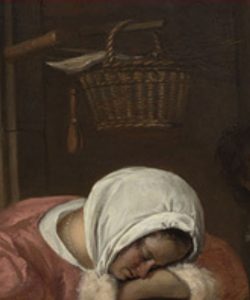
The basket that hangs above the bad mother’s head contains the tools of the beggar’s trade, including a set of crutches, as well as the symbolic birch branch that criminals were flogged with.
So, have you decided what you’re giving up for lent?
The video of this episode can be viewed here. To view the entire ‘Elevenses with Lynne’ archive, head to the Free Art Videos page.

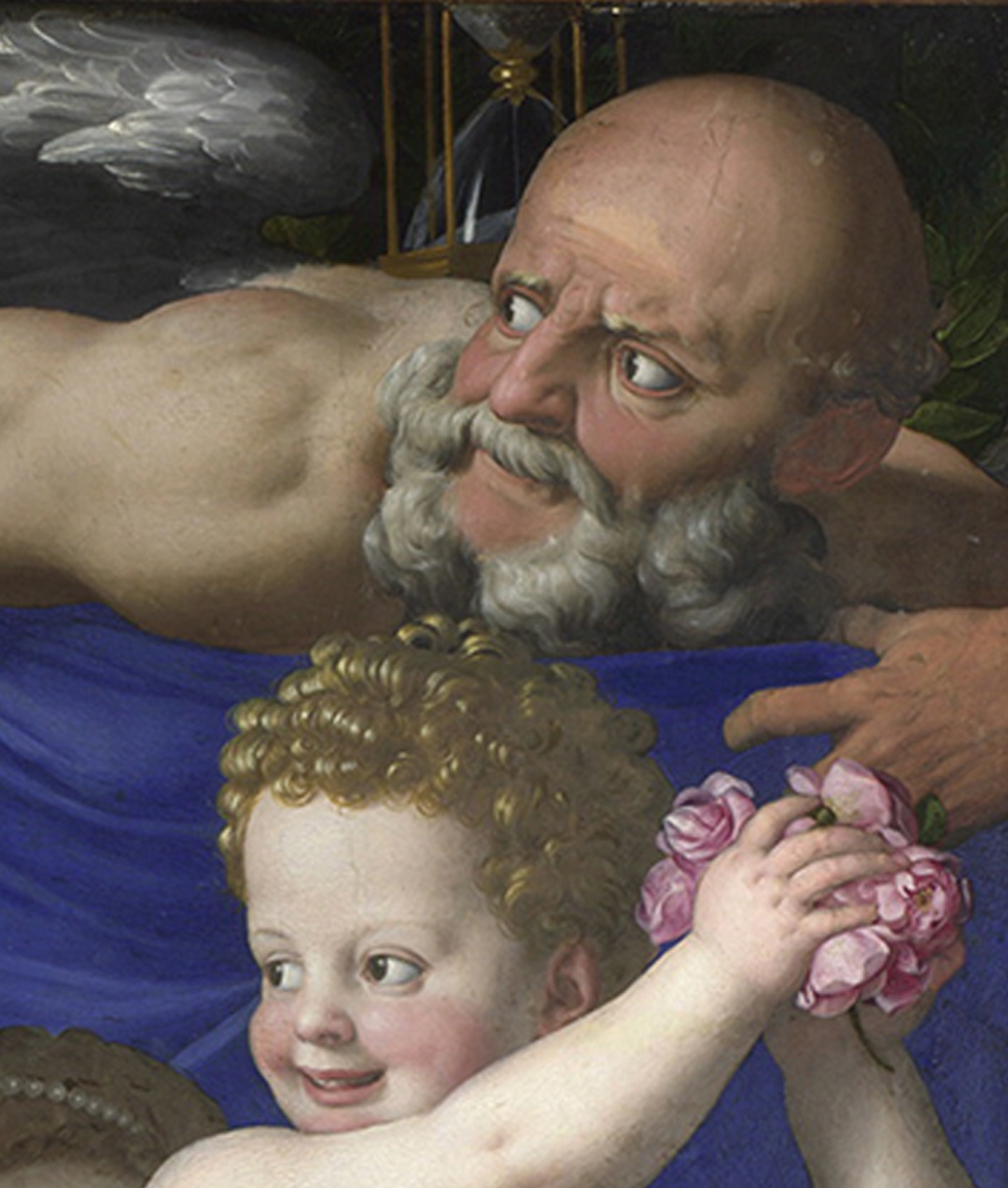
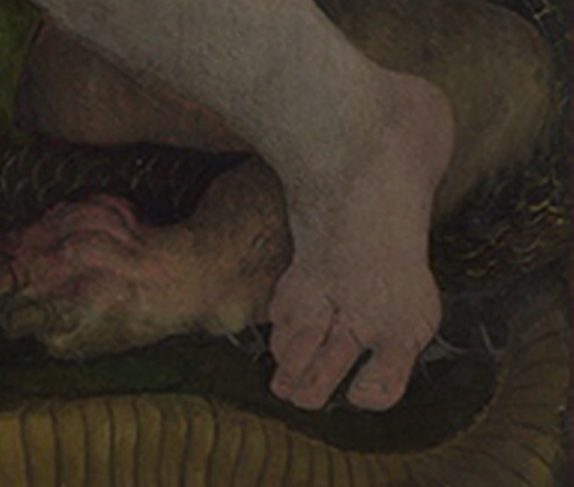
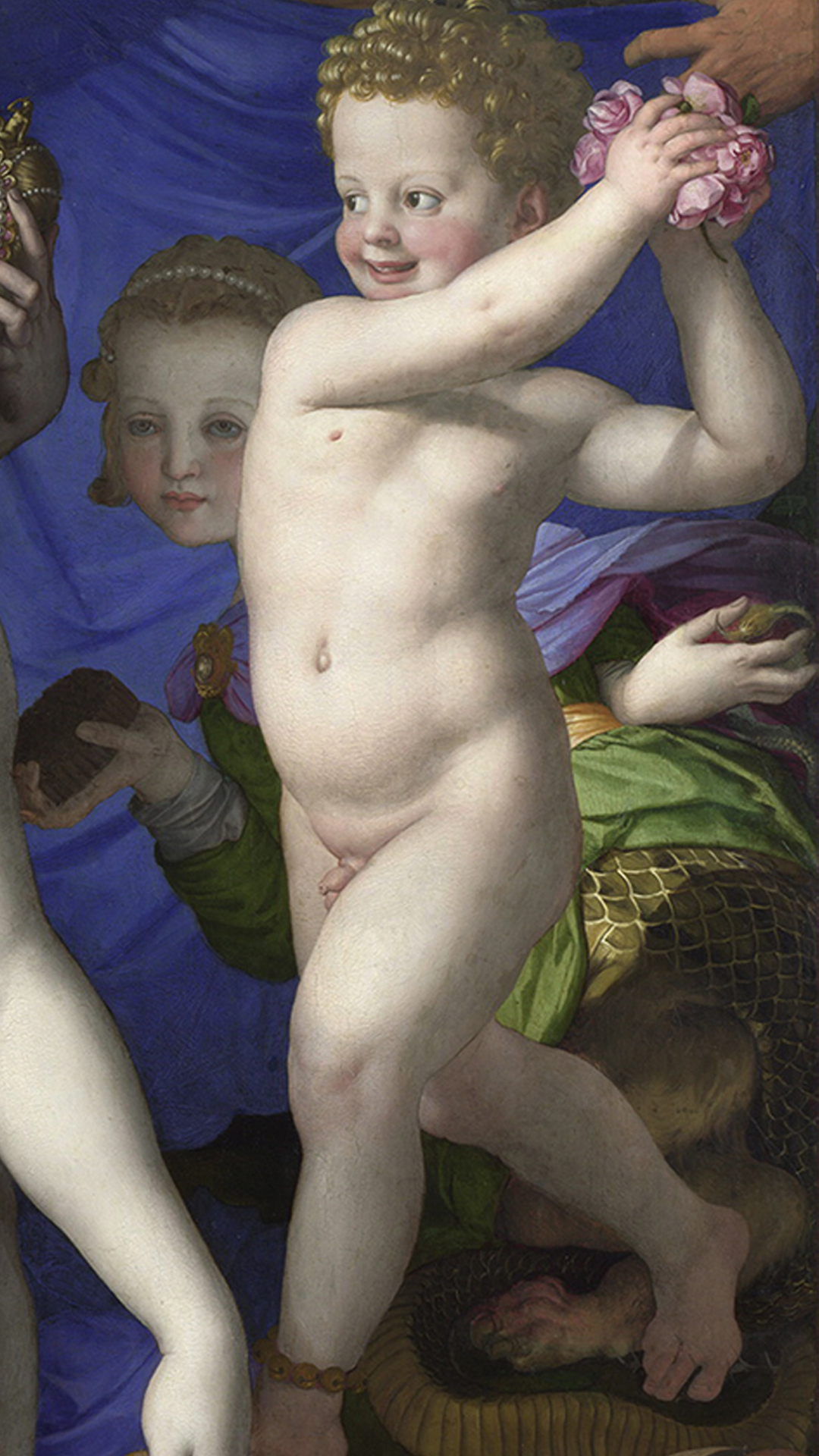
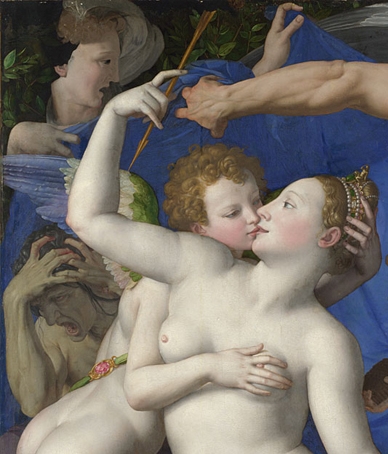
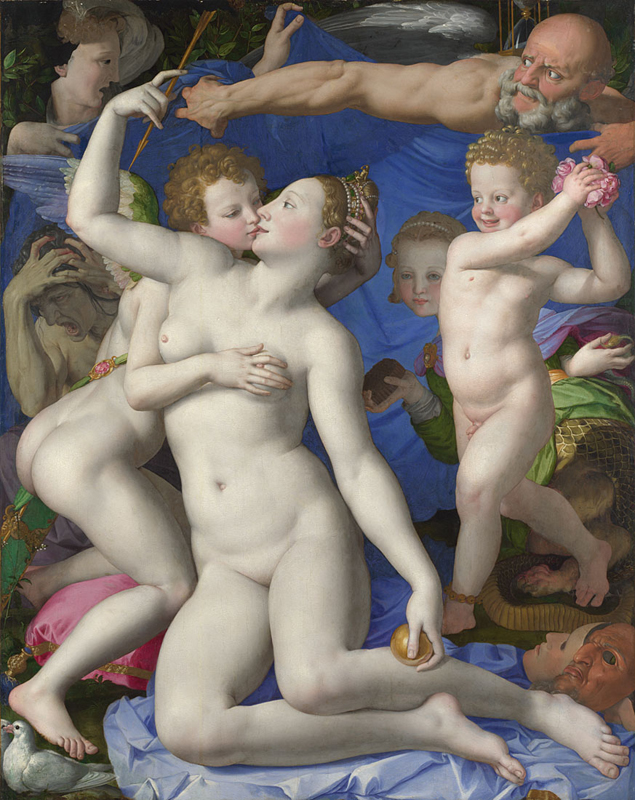
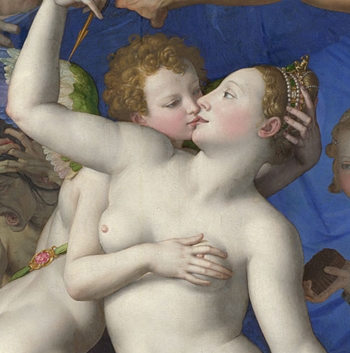
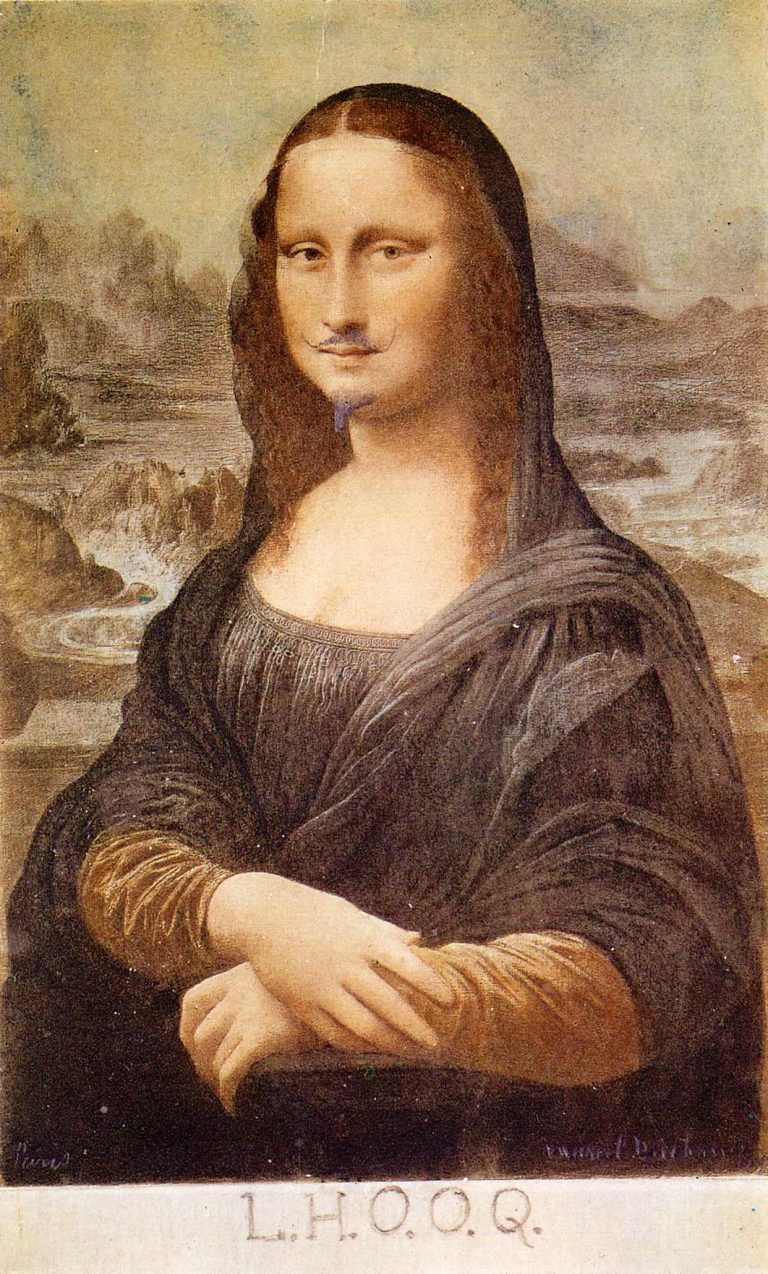
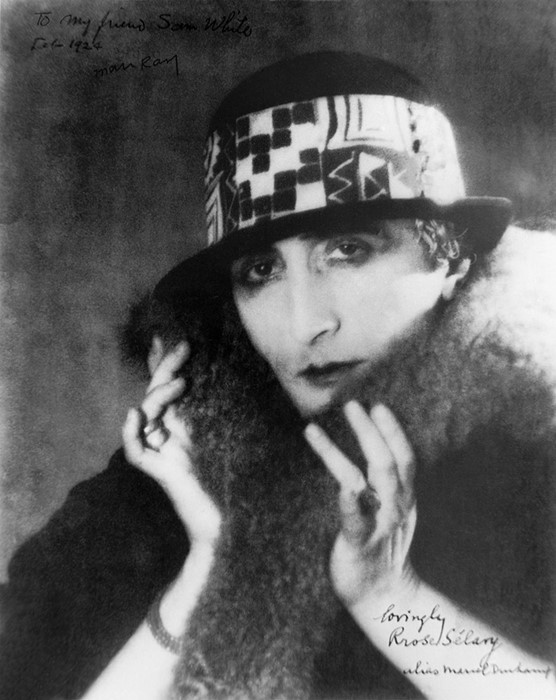
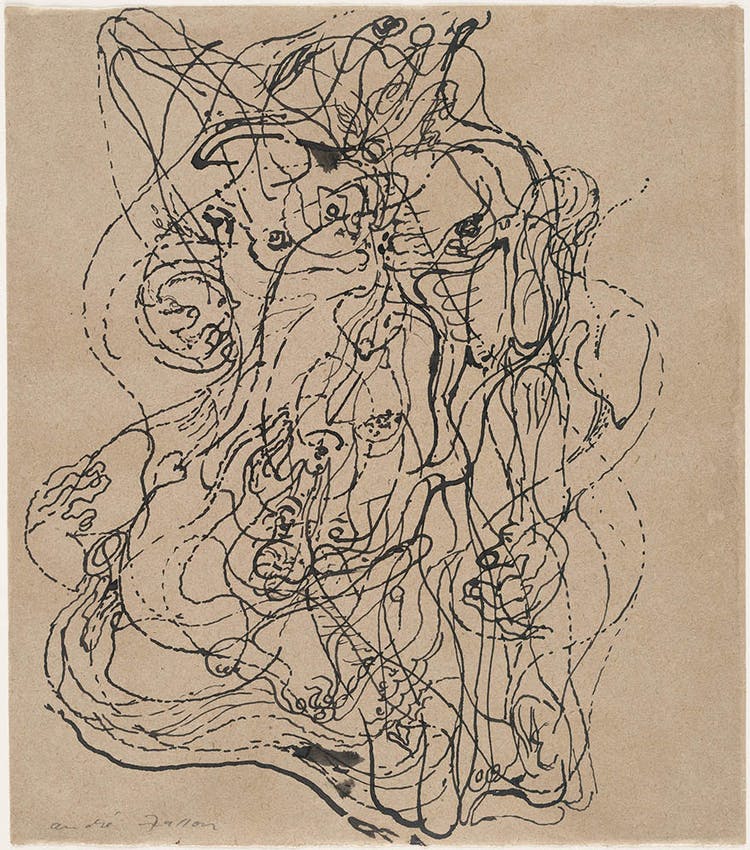
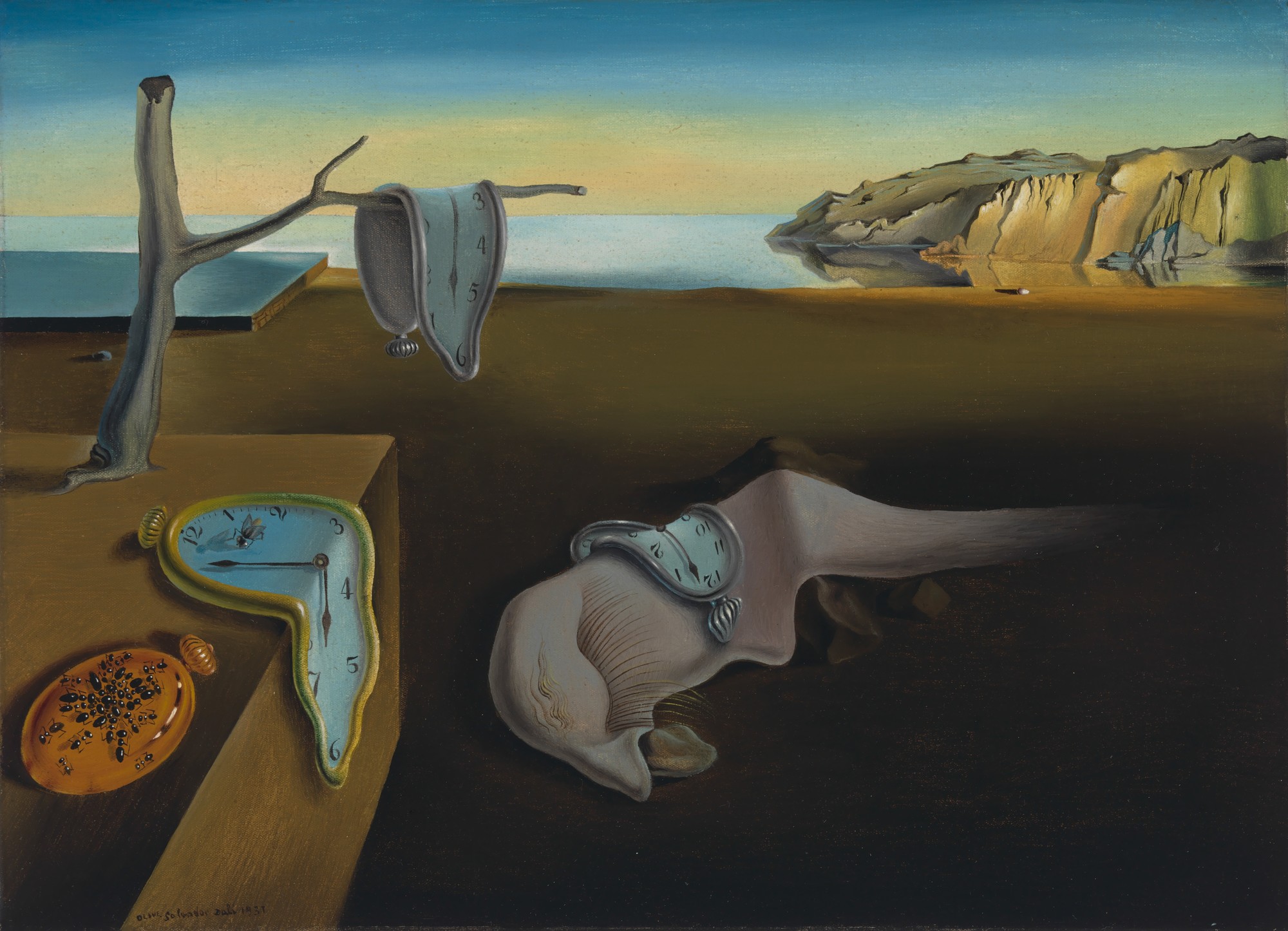
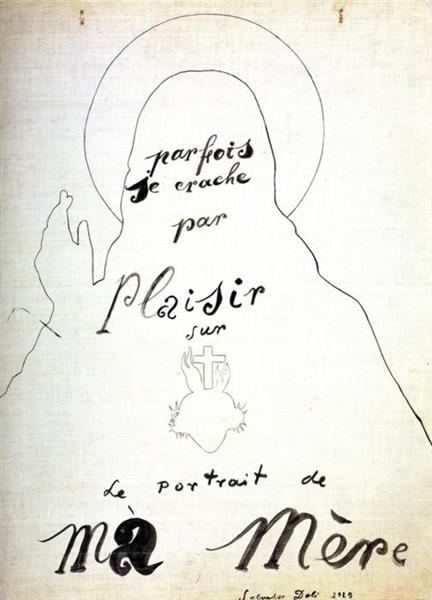
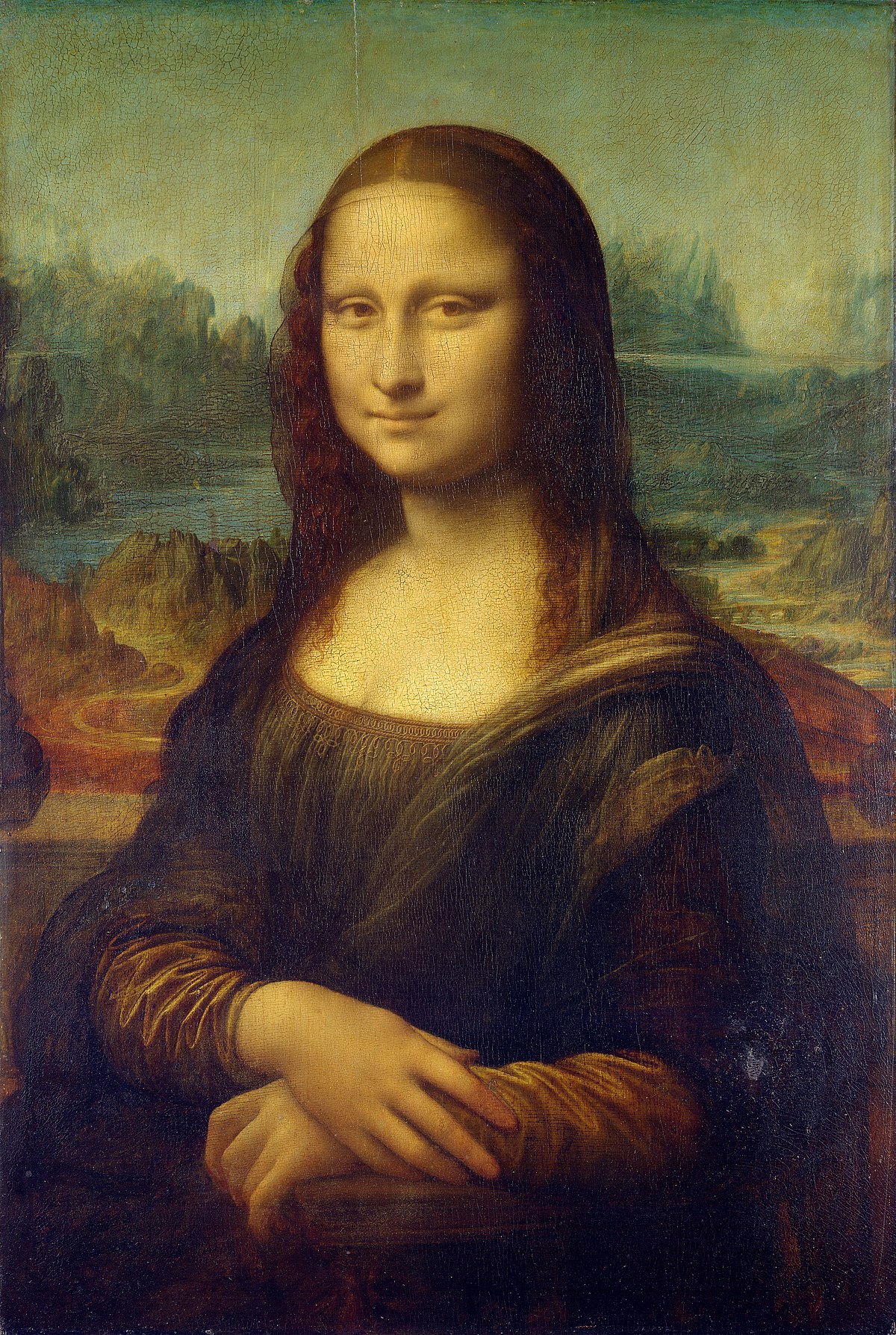
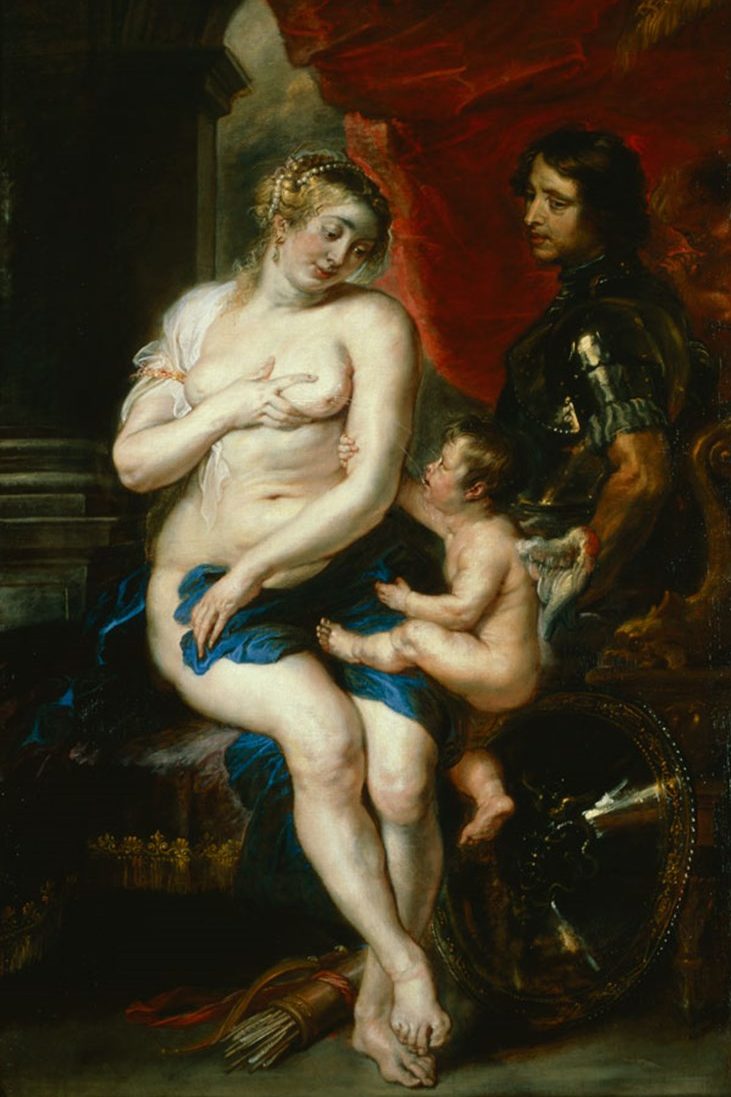
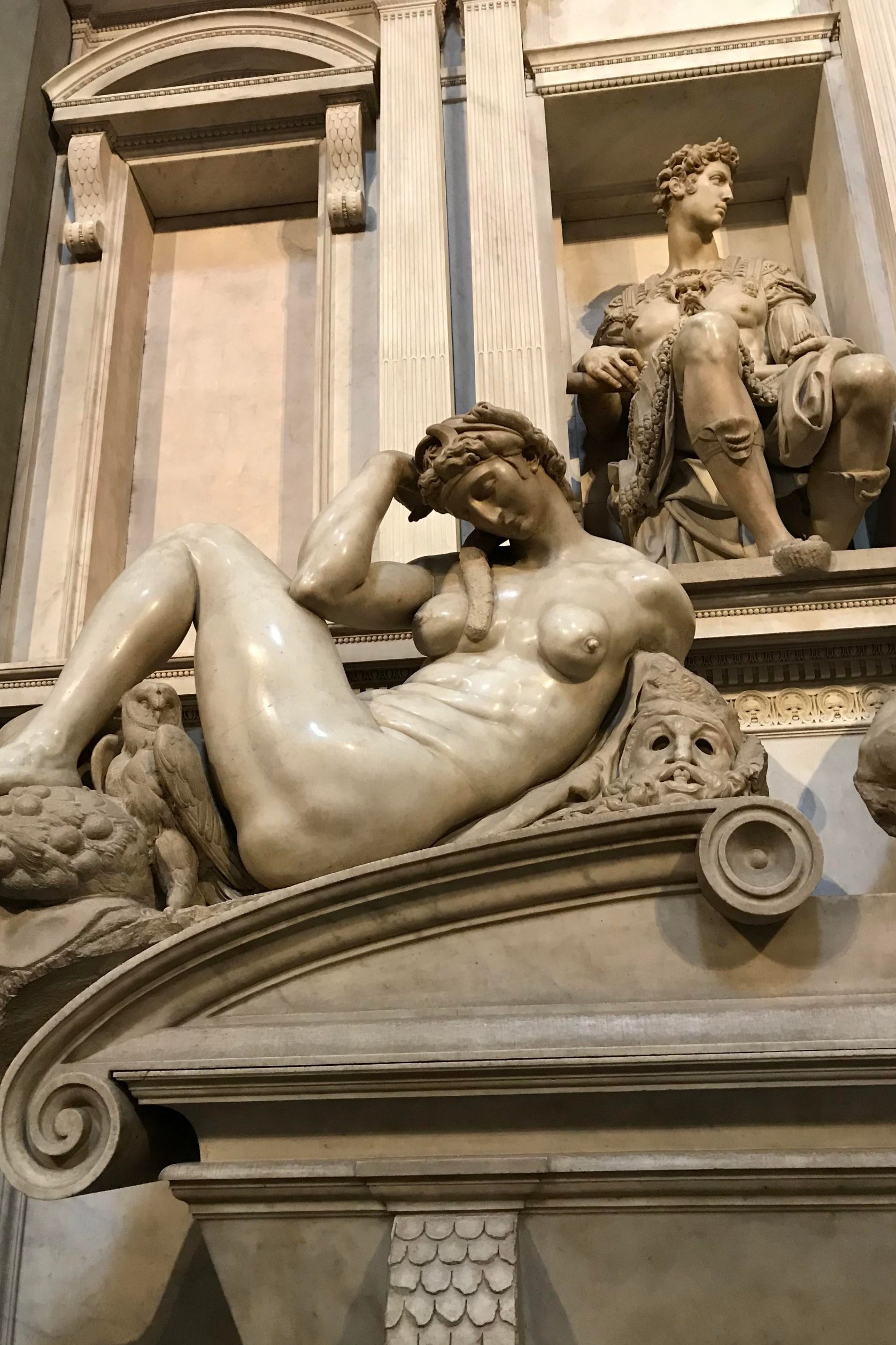


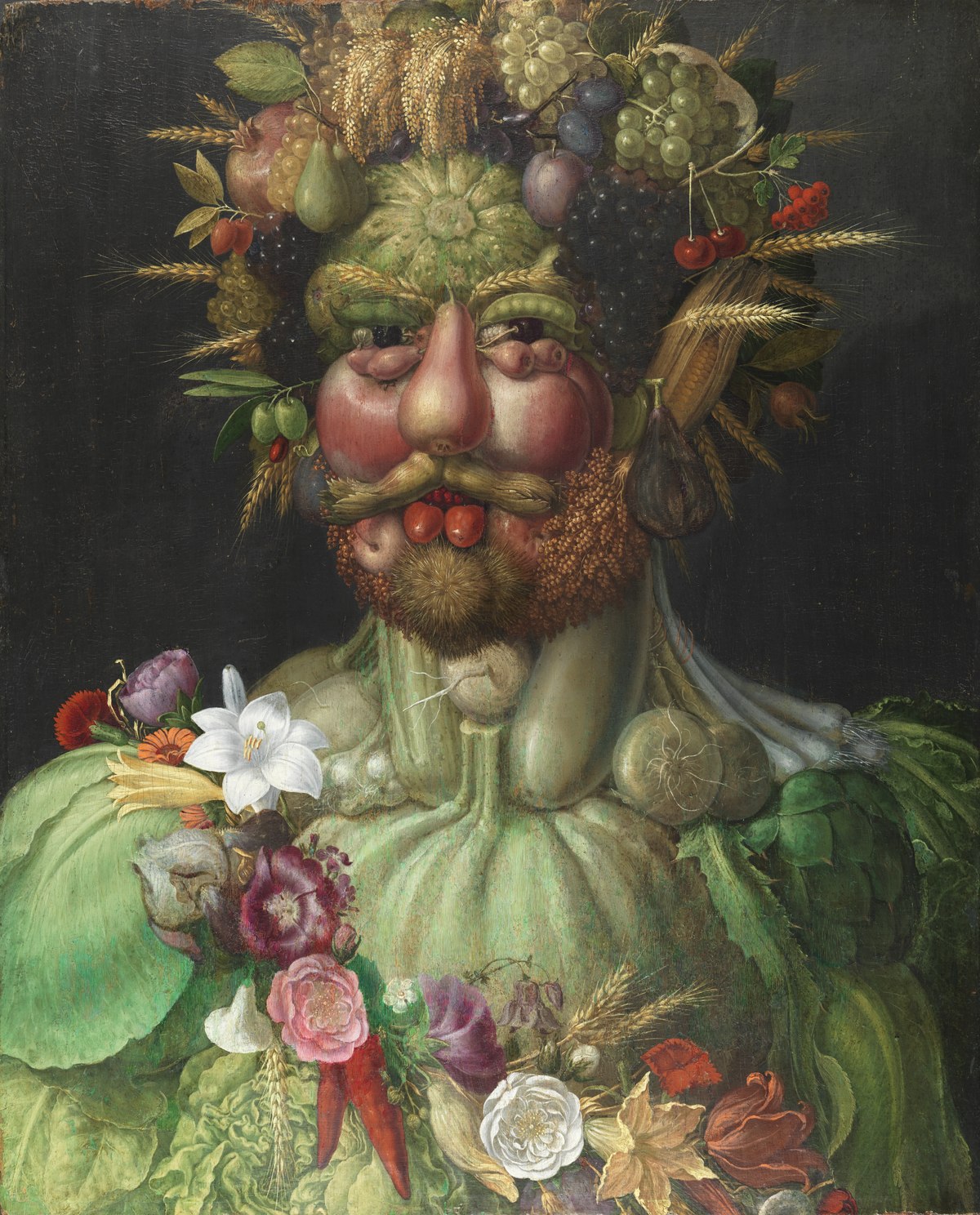
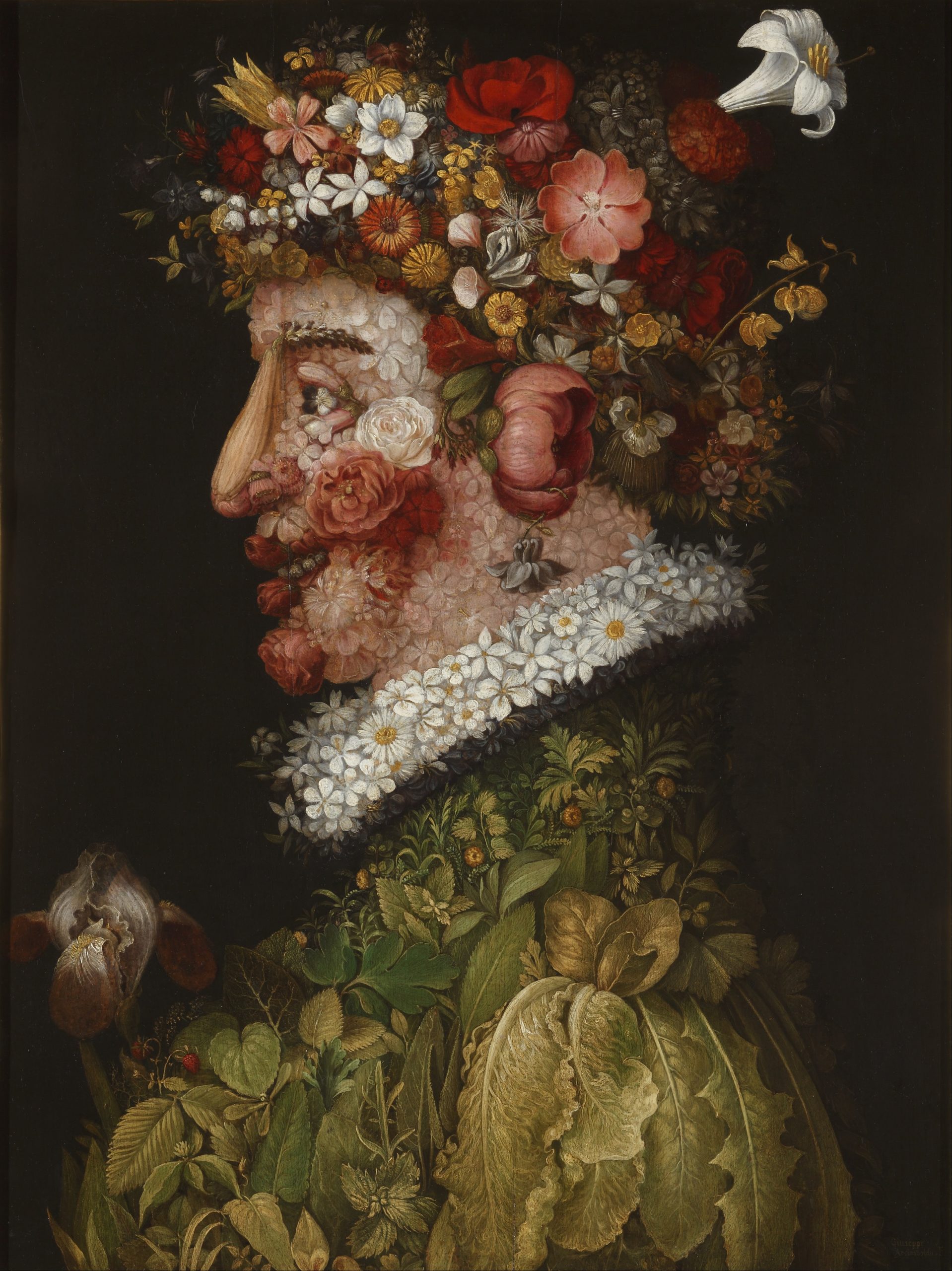
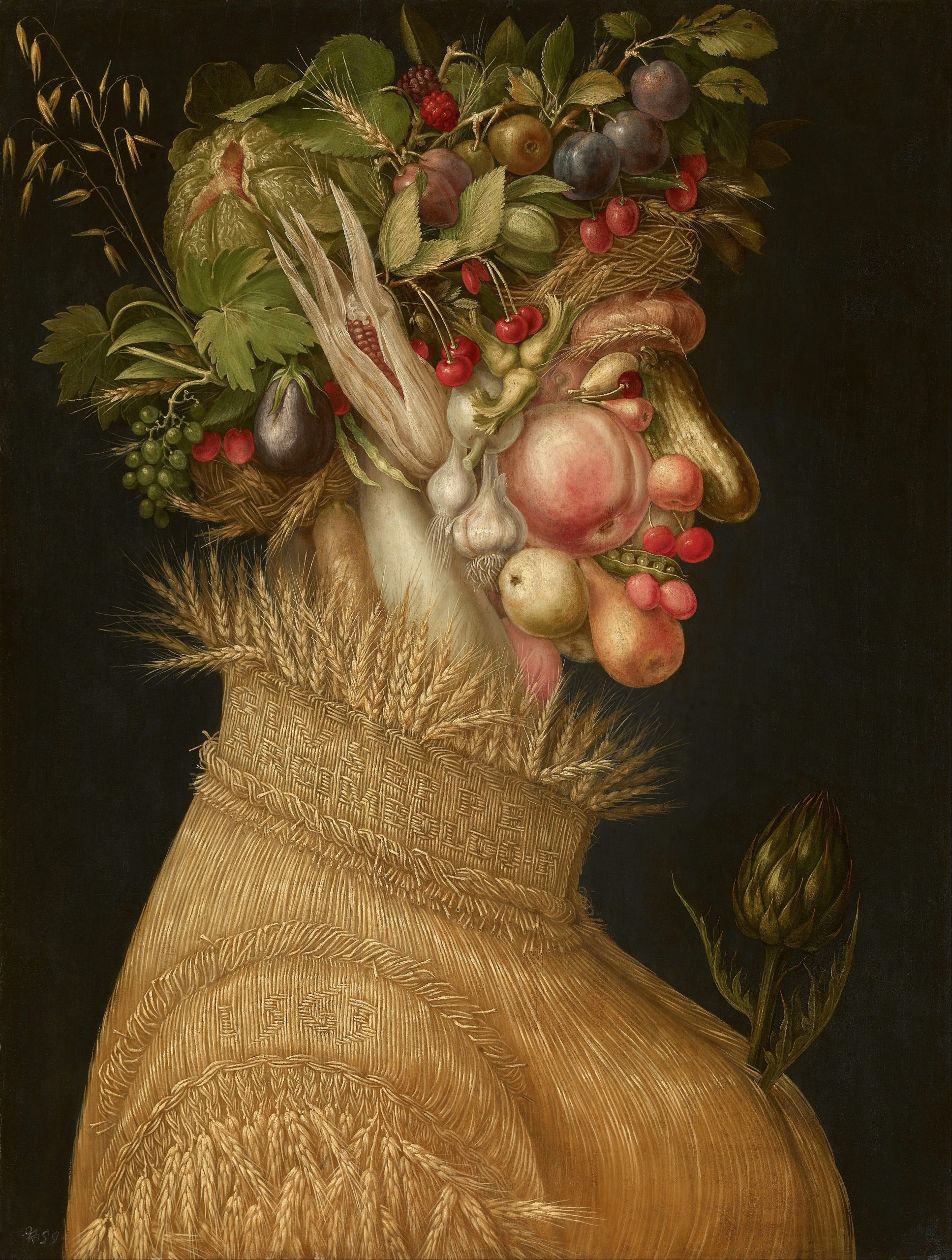
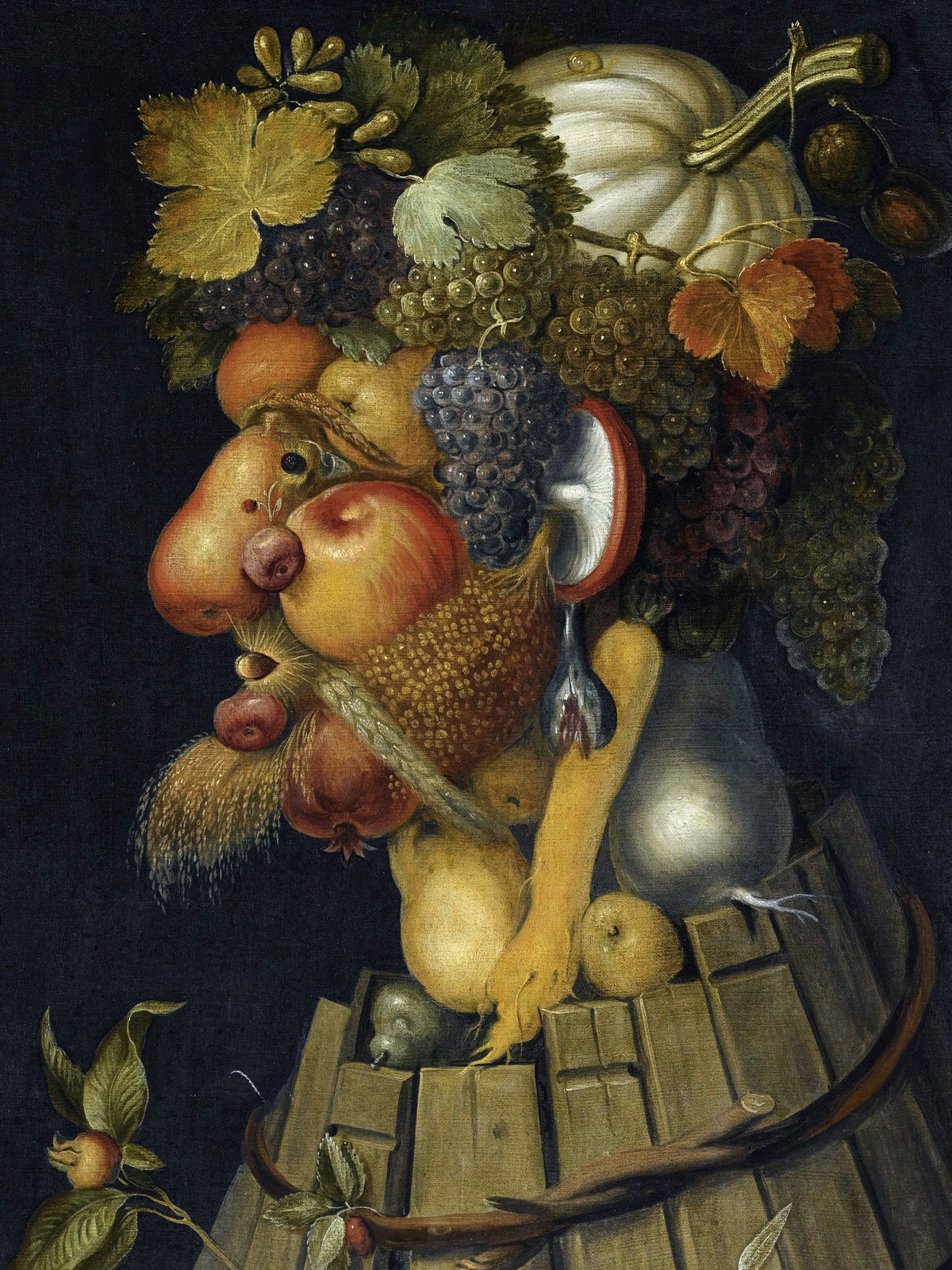
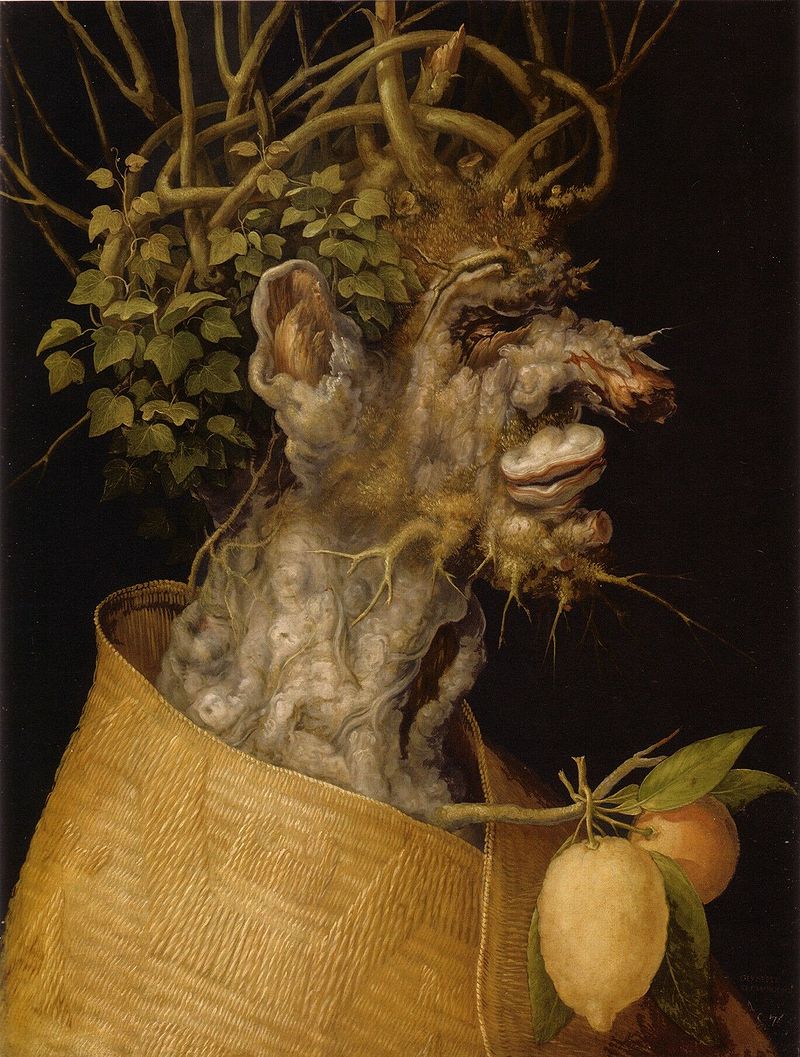

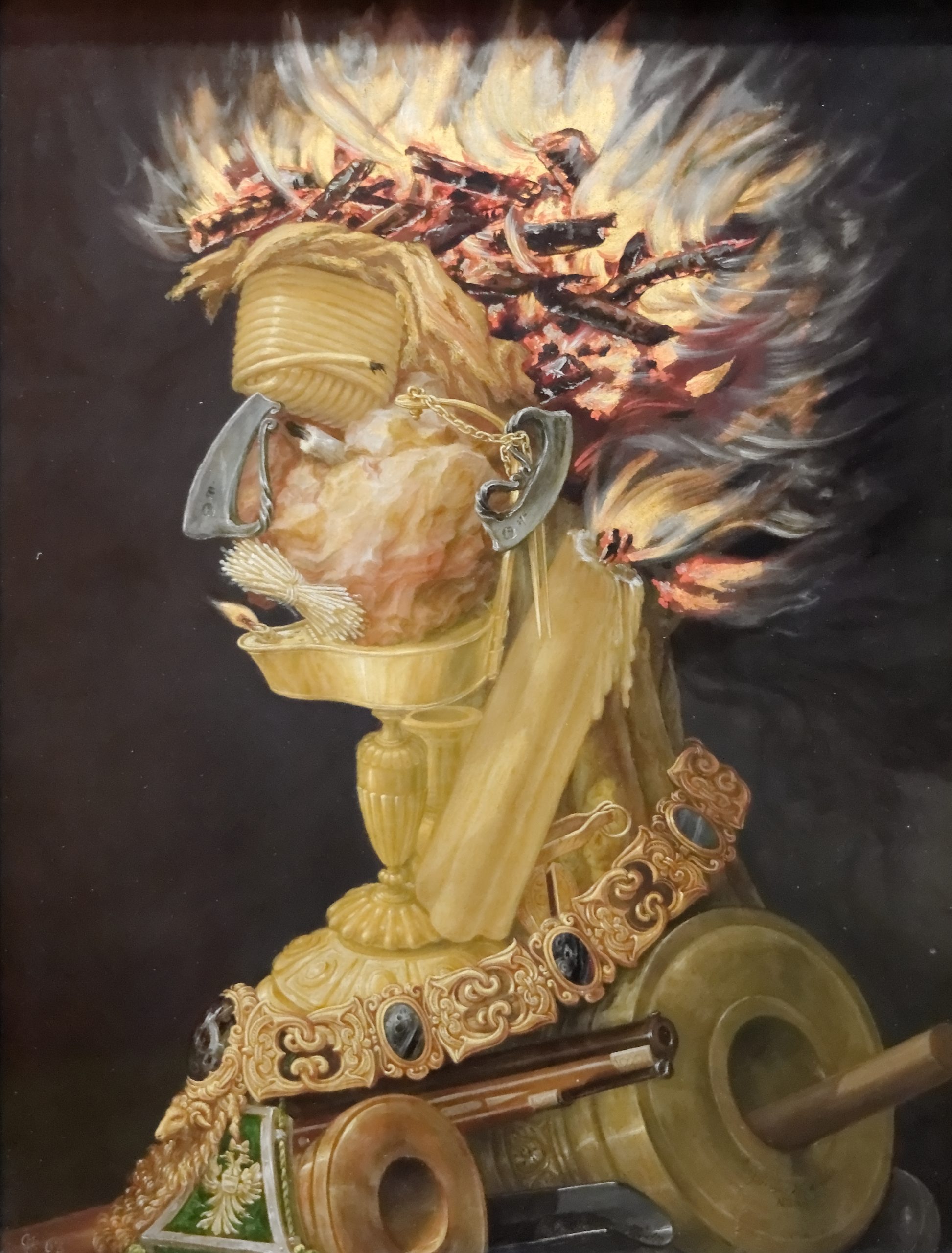
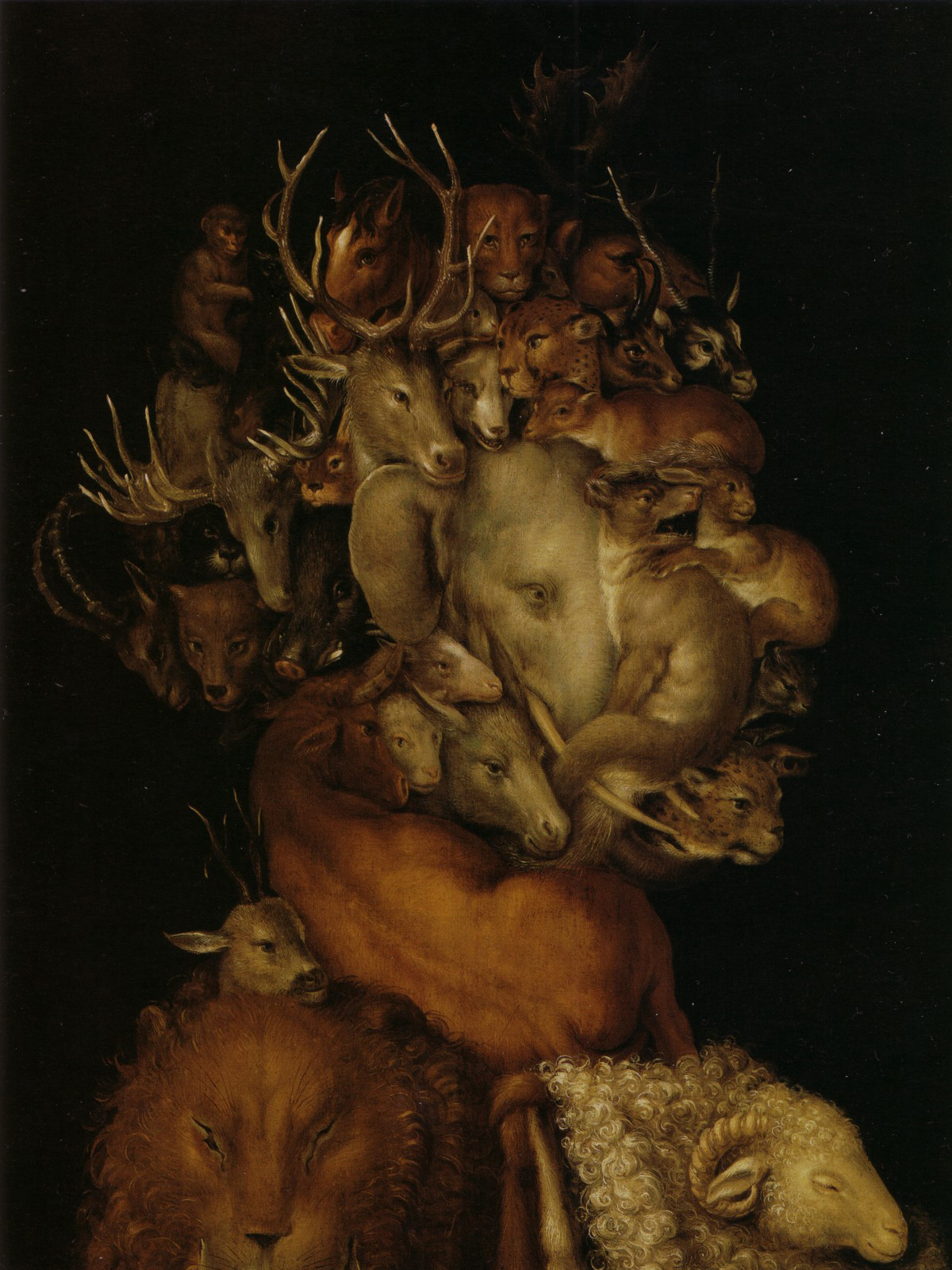
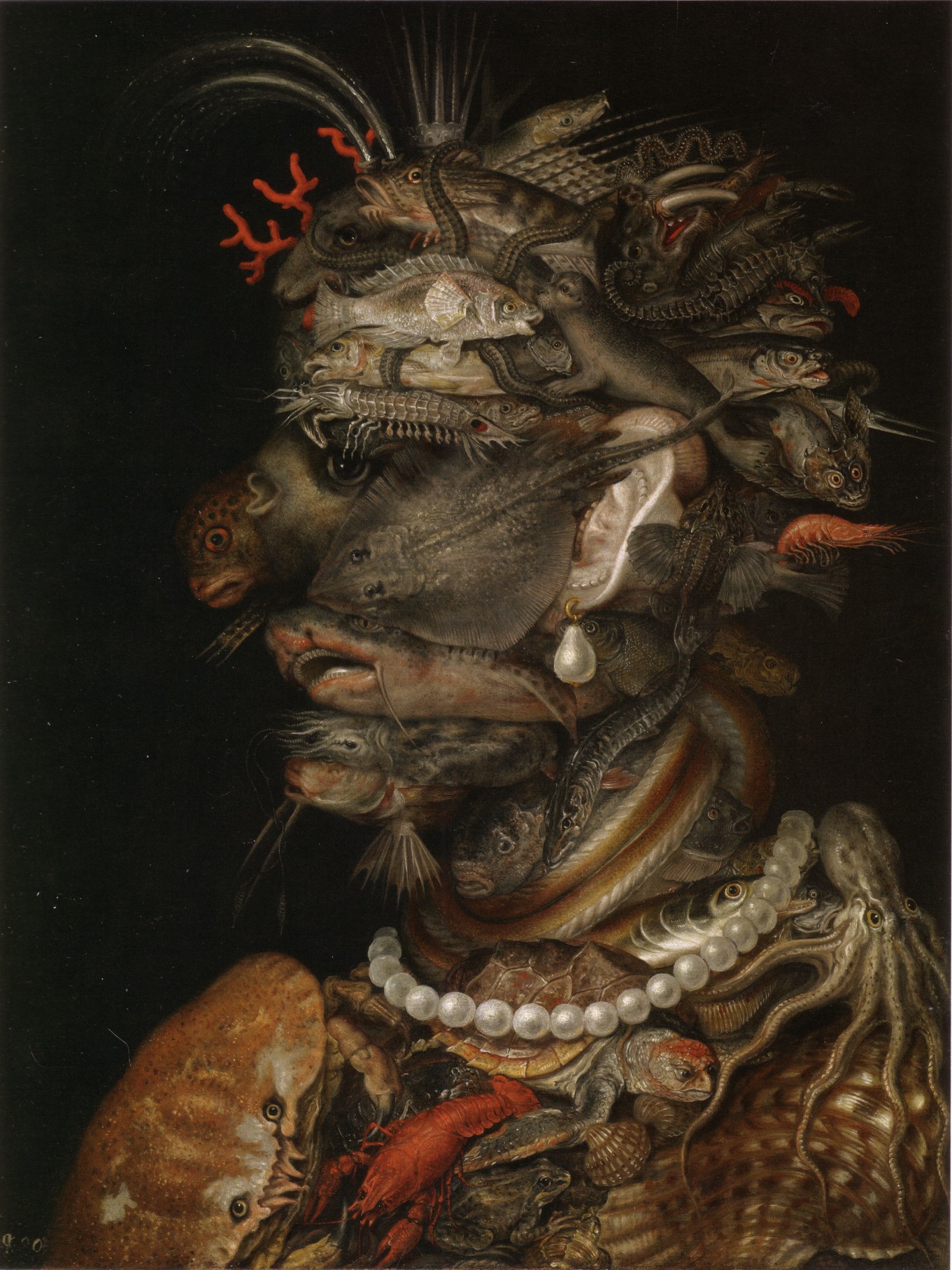

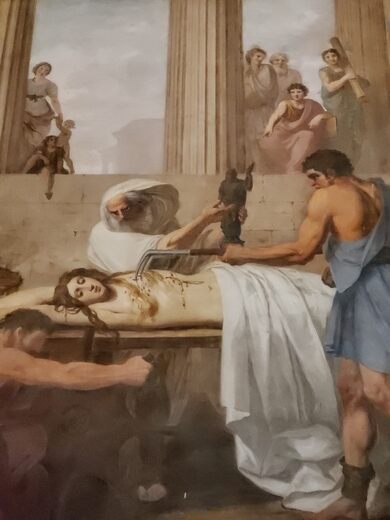
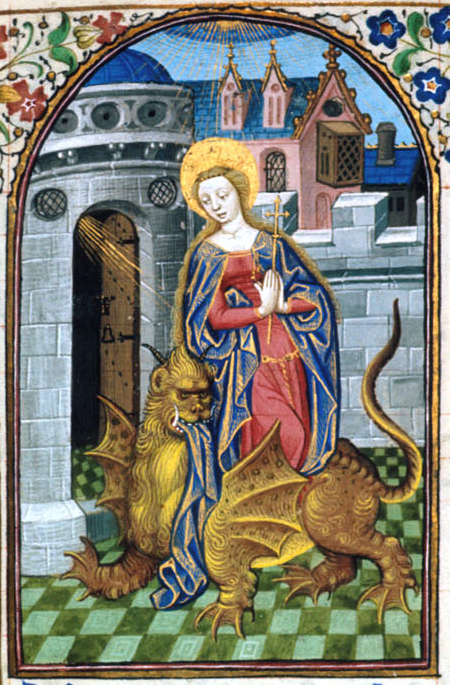
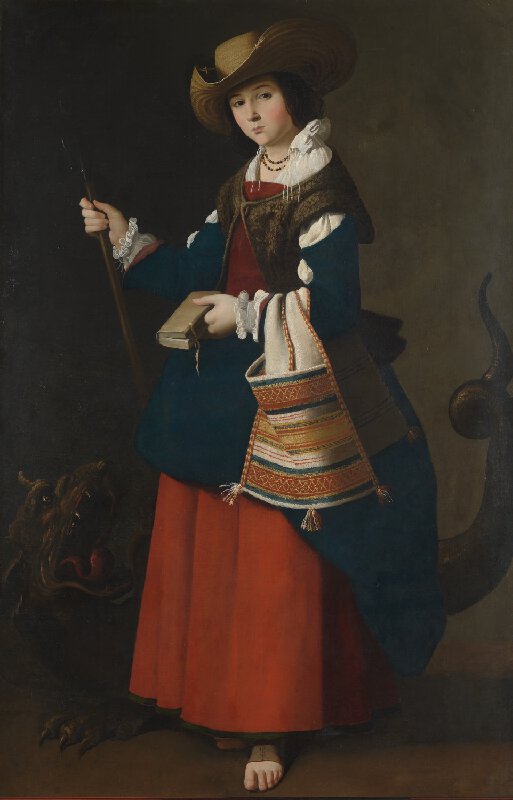
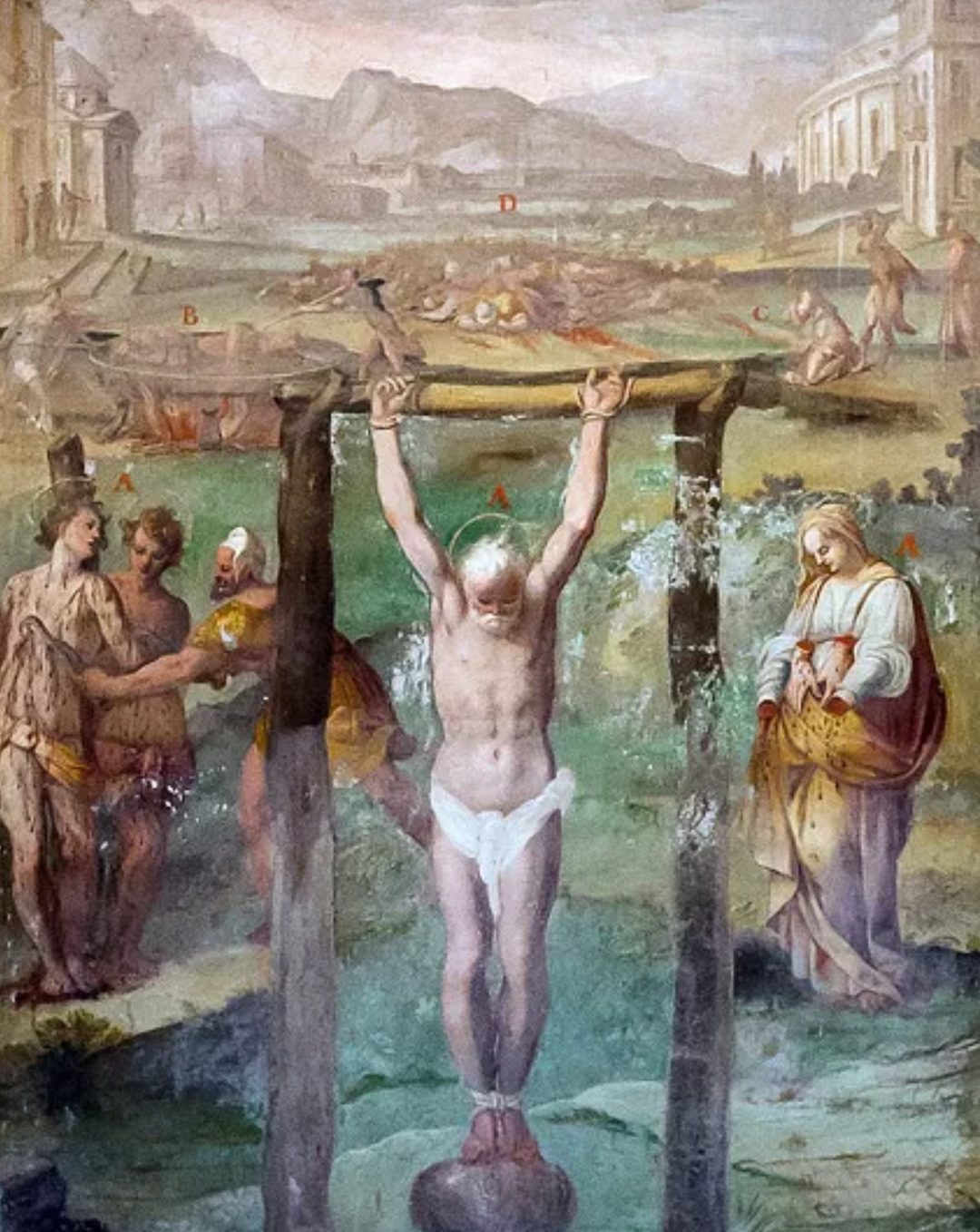
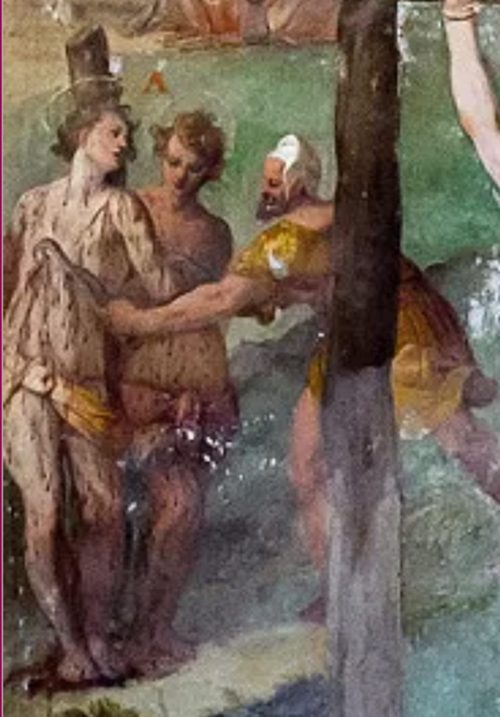

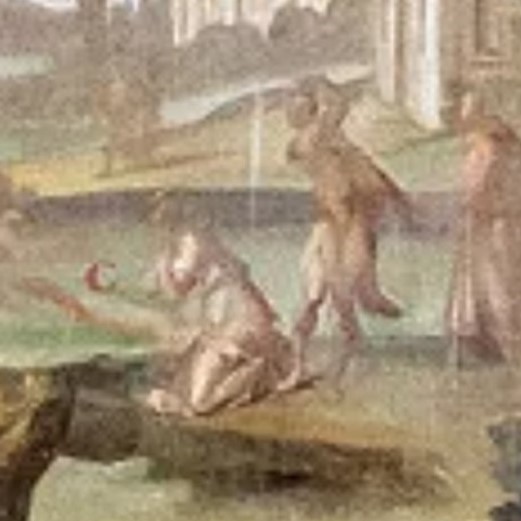
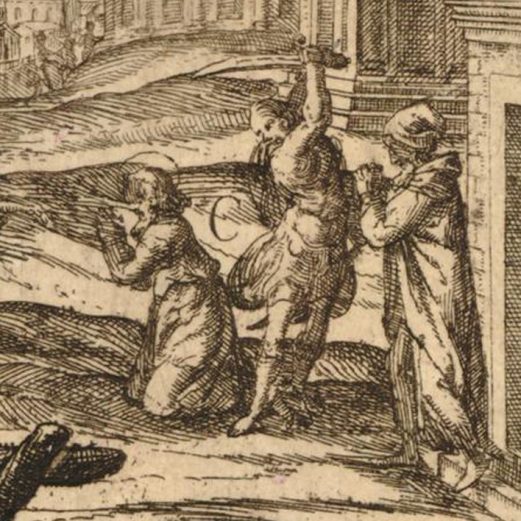
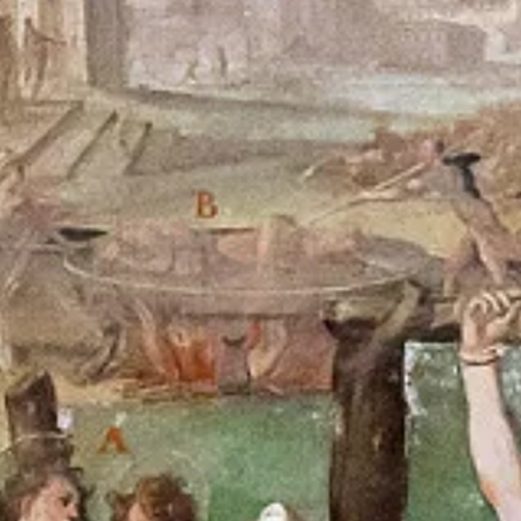
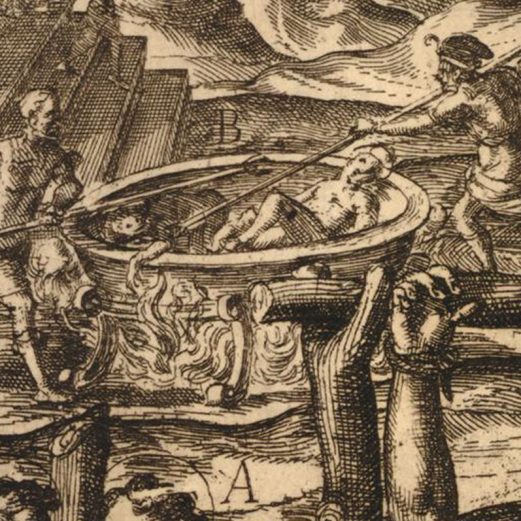
Recent Comments